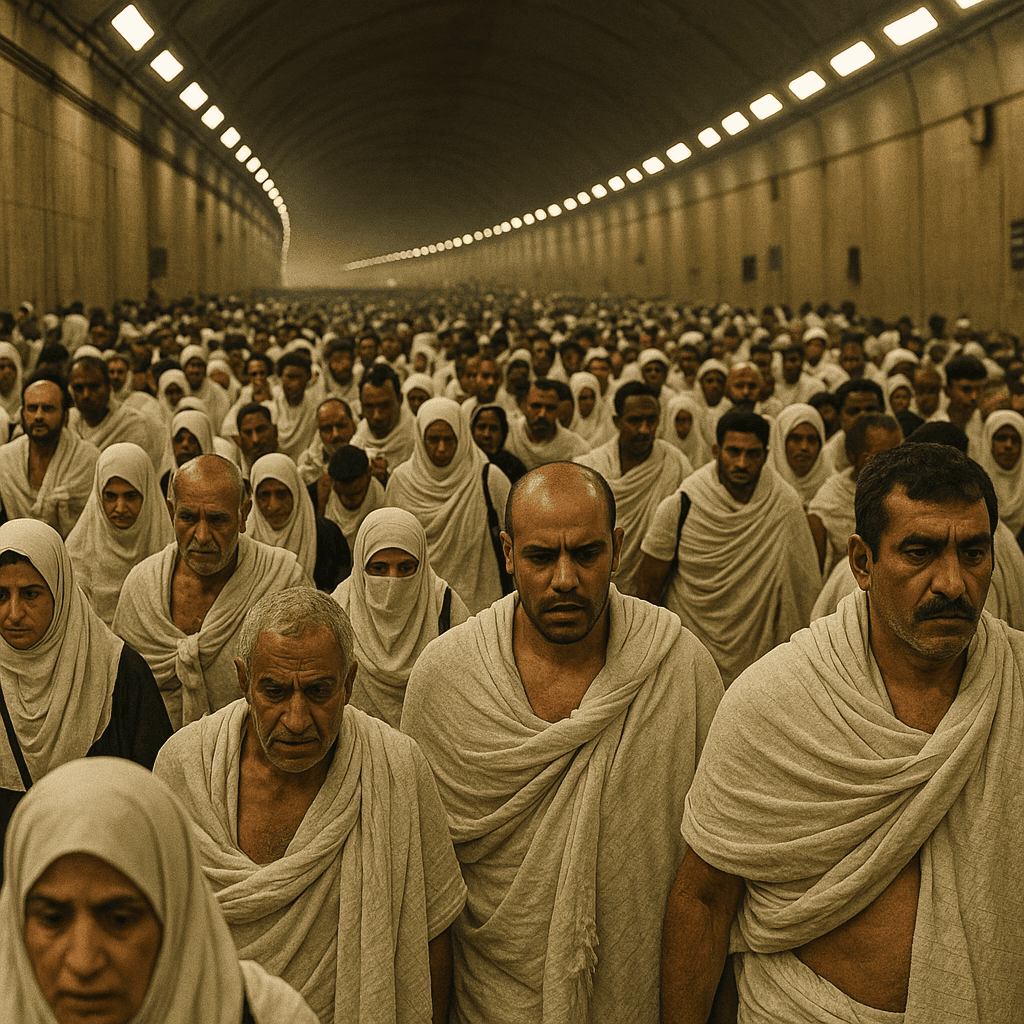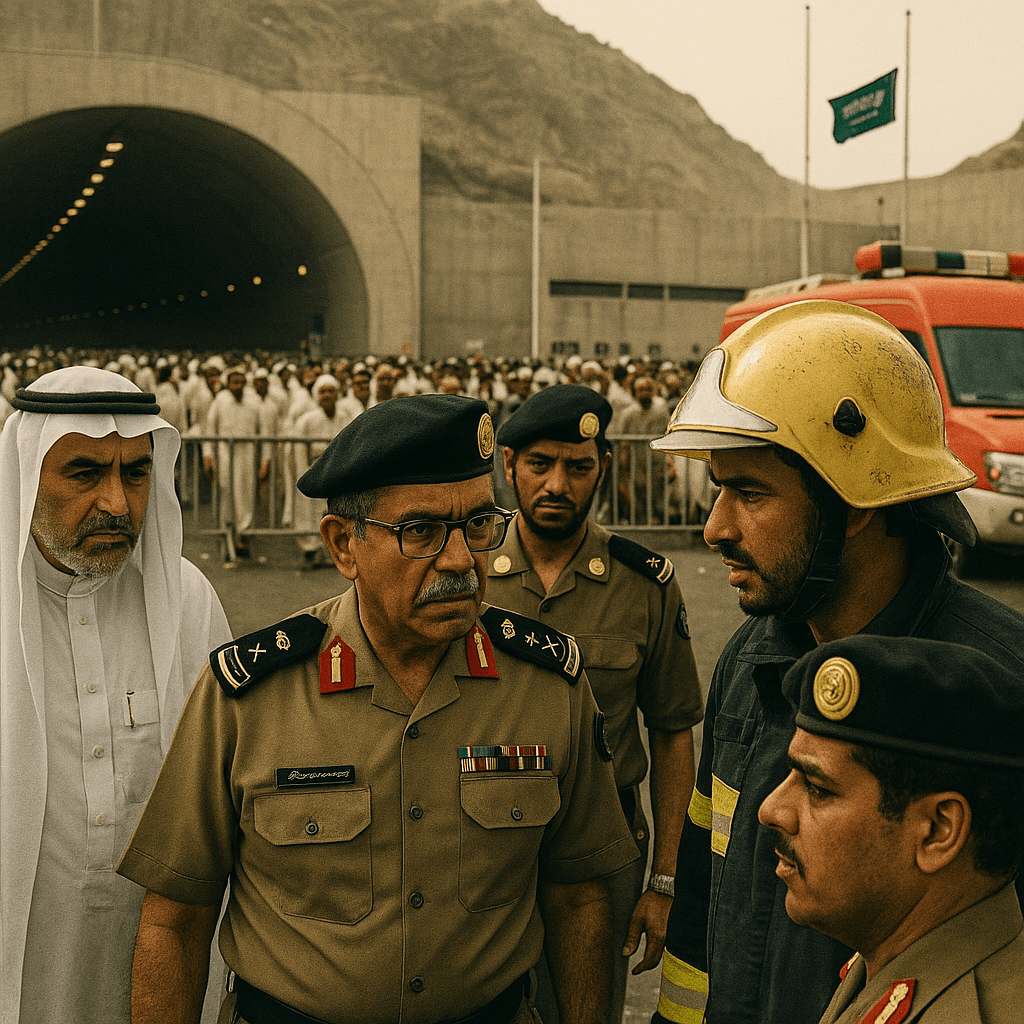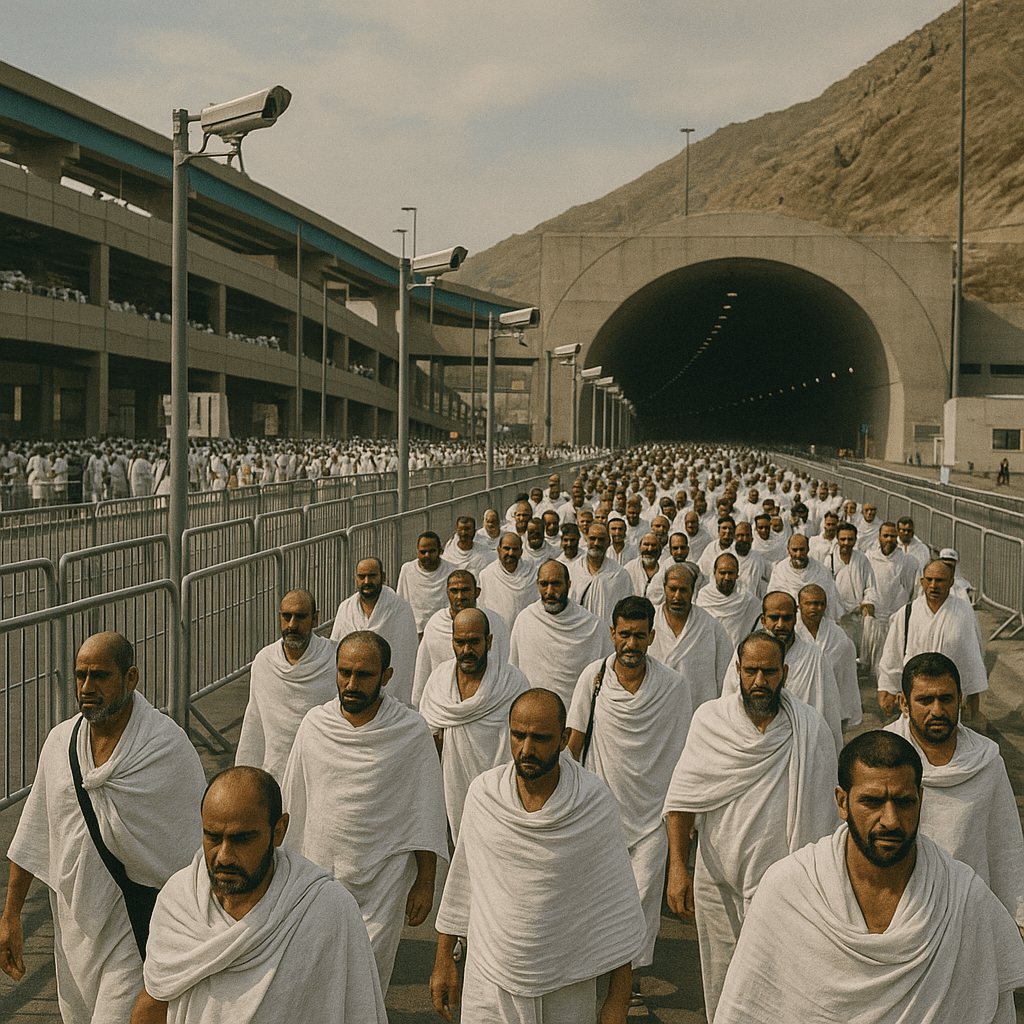A tragic incident unfolded on July 3, 1990, when a massive stampede occurred inside the Al-Ma'aisim pedestrian tunnel, a critical passage for pilgrims traveling between Mecca and Mina during the annual Hajj. In the chaos, approximately 1,400 lives were lost, making it one of the deadliest disasters in the history of the pilgrimage. This catastrophe cast a spotlight on the immense logistical and safety challenges associated with managing millions of faithful converging in a confined area, and it led to long-overdue reforms aimed at protecting future pilgrims.

The Al-Ma'aisim tunnel, nearly 1,000 feet long, served as a key route for pilgrims moving between sacred sites. On that sweltering day, the tunnel was overwhelmed by an enormous crowd, with little air circulation and no escape when the movement suddenly stalled. Survivors recalled the terrifying moment when panic spread, and people began to collapse in the crush.
Many of the victims died from suffocation, heat exhaustion, or being trampled. Rescue efforts were hindered by the density of the crowd and the enclosed space, which made it nearly impossible for emergency responders to reach those in need. The disaster unfolded quickly, leaving little time for intervention and resulting in an overwhelming human toll.

The tragedy drew swift international attention, especially from Muslim-majority countries with citizens among the dead. Condolences poured in from around the world, and scrutiny turned toward the planning and preparedness of Saudi officials responsible for managing the Hajj pilgrimage.
In response, Saudi authorities launched a formal investigation and acknowledged the need for substantial improvements in crowd control. They announced immediate efforts to review infrastructure, manage flow, and introduce new safety measures to prevent future occurrences of mass casualties.

The disaster marked a turning point in the management of the Hajj. Saudi Arabia began investing in large-scale infrastructure upgrades, including expanded tunnels, better signage, and electronic monitoring systems to detect overcrowding. Authorities also introduced strict timing schedules and quotas for pilgrim movements.
These changes have since become integral to Hajj operations. Though other incidents have occurred, none have matched the scale of the 1990 stampede. The reforms born from that tragedy continue to influence how large religious gatherings are organized and managed around the world.